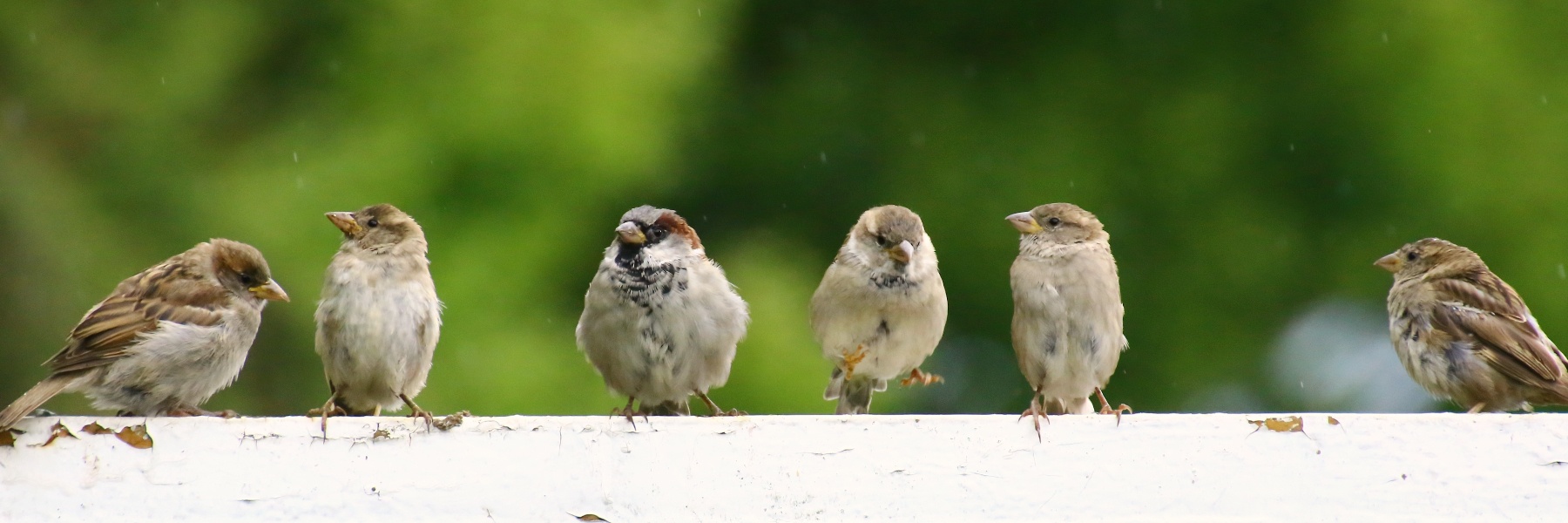Not taking part in the Bird Window Strike Project, but you found a bird you'd like to report? If you find a bird that has collided with a campus building you can report the bird as an Incidental Strike using the Submit Your Data button at the bottom of this page. When filling out the data form, if you do not see the building where you found the bird listed on one of our regularly surveyed routes, please report the bird as "other/incidental" on the route menu, and then choose "other" and write in the building name on the building menu. Provide as much information as you can. Photographs of the bird can be sent to cees@iu.edu. If possible, please include a photo of the bird (showing the full body, beak to tail) and a photo showing the bird in relation to the building it struck (to help us determine where, approximately, the collision took place). Even if the building where the strike occurred is one that we monitor, incidental strike reports are welcome: these reports help us narrow down the time frame in which a strike occurred, as well as alerting us that a bird is present and needs to be collected.
Project Synopsis
As with many other organisms, bird numbers have declined significantly in recent decades. Bird-building collisions (typically window strikes) are an important source of bird mortality and contribute to an estimated 365 million to 988 million bird deaths in the United States annually.1
The Center for Earth and Environmental Science (CEES) is conducting a bird window strike survey to determine the frequency of window strikes on the IU Indianapolis campus (with an emphasis on the periods of peak migration in April/May and September/October). The survey is being done as part of the Center's environmental stewardship (Service Learning) program, but all members of the IU Indianapolis community are welcome to join.
Project volunteers are asked to commit to walking a route once a week throughout the Fall semester. Buildings under evaluation include: University Hall (AD), Science Building (LD), Engineering Science & Technology (SL), Science & Engineering Lab - also called SELB (EL), Innovation Hall (IO), University Library (UL), Engineering & Technology (ET), Business/SPEA breezeway (BS), Lecture Hall (LE), Education/Socal Work (ES), Hine Hall (IP), University Towers (HO), and the Blackford (XF) and Gateway (XL) garages.
Volunteers choose a day of the week and time convenient to them: morning, midday, and evening shifts are available; volunteers can walk their route at any time during a 2-hour shift window.
Surveying a route will entail walking the perimeter of a building to look for dead birds; walking a route should take approximately 15 minutes (each route actually takes about 5 minutes to walk at a slow pace but will take longer when looking for birds). Total time commitment for the semester is estimated at 3-5 hours. Volunteers are provided with a set of instructions that describe the project protocol.
Volunteers are encouraged to work in teams of two (birding buddies) so that when dead birds are found, one member of the team can record data, while the other person (wearing appropriate PPE) handles the bird. Volunteers will use the smart phone apps Seek and Merlin to identify birds, and birds will be photographed and collected to verify identification. (Assessing the accuracy of these apps is a secondary purpose of the project.)
Each time a route is walked/surveyed, volunteers fill out an online data form (scroll down for the form link) indicating whether or not a bird was found. If a bird is found, additional information is recorded. Dead birds are collected and deposited in a collection bin. If a live bird is found, volunteers alert the project leaders so that the bird's recovery can be monitored.
Bird collecting methodology has been vetted and approved by EHS. CEES will supply collecting materials and PPE.
When filling out the registration form, volunteers not involved in a course that is doing service learning should select the volunteer option in the course and instructor fields. Volunteers will be contacted with further information concerning the window strike project protocol.
Information needed to participate in the project is below:
guide to photographing birds for the BWSP
Route maps:
University Hall (AD) University Library (UL) Innovation Hall (IO) Science Buildings (SL/LD) Lecture Hall (LE) Blackford/Gateway Garages (XF/XL) Hine Hall/University Towers (IP/HO) Science & Engineering Laboratory Building, SELB (EL) Engineering & Business/SPEA Breezeway (ET/BS-north) Education/Social Work & Business/SPEA Breezeway (ES/BS-south)
1. Loss et al. 2015. Direct mortality of birds from anthropogenic causes. Ann. Rev. Ecol. Syst. 46:99-120



